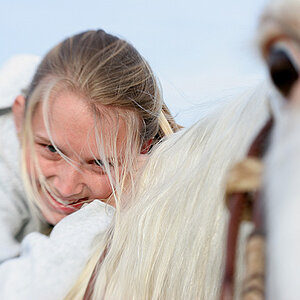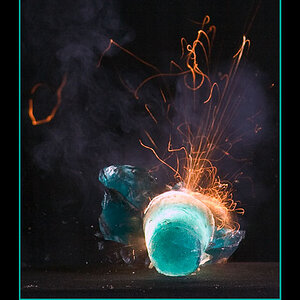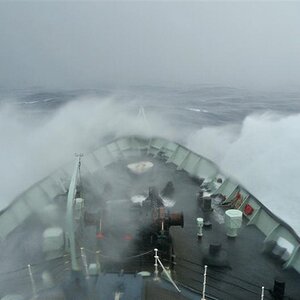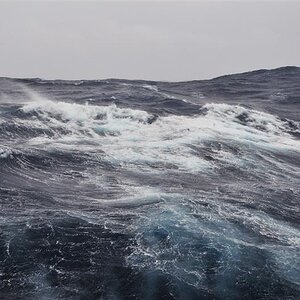MDS
TPF Noob!
- Joined
- May 27, 2009
- Messages
- 3
- Reaction score
- 0
- Location
- Massachusetts
- Can others edit my Photos
- Photos NOT OK to edit
Hi - Apologies if this question is even too basic for the beginners' forum, but I've just developed 2 rolls of 35mm on a new steel reel and I keep getting pink sections (blotches) on the film. I've lost approx. 1/3 of my photos each time. I'm experienced with plastic reels and have never had this problem. Any advice would be really appreciated! What can I do to stop this? Thanks so much!













